LaTeX templates and examples — Math
Seneste
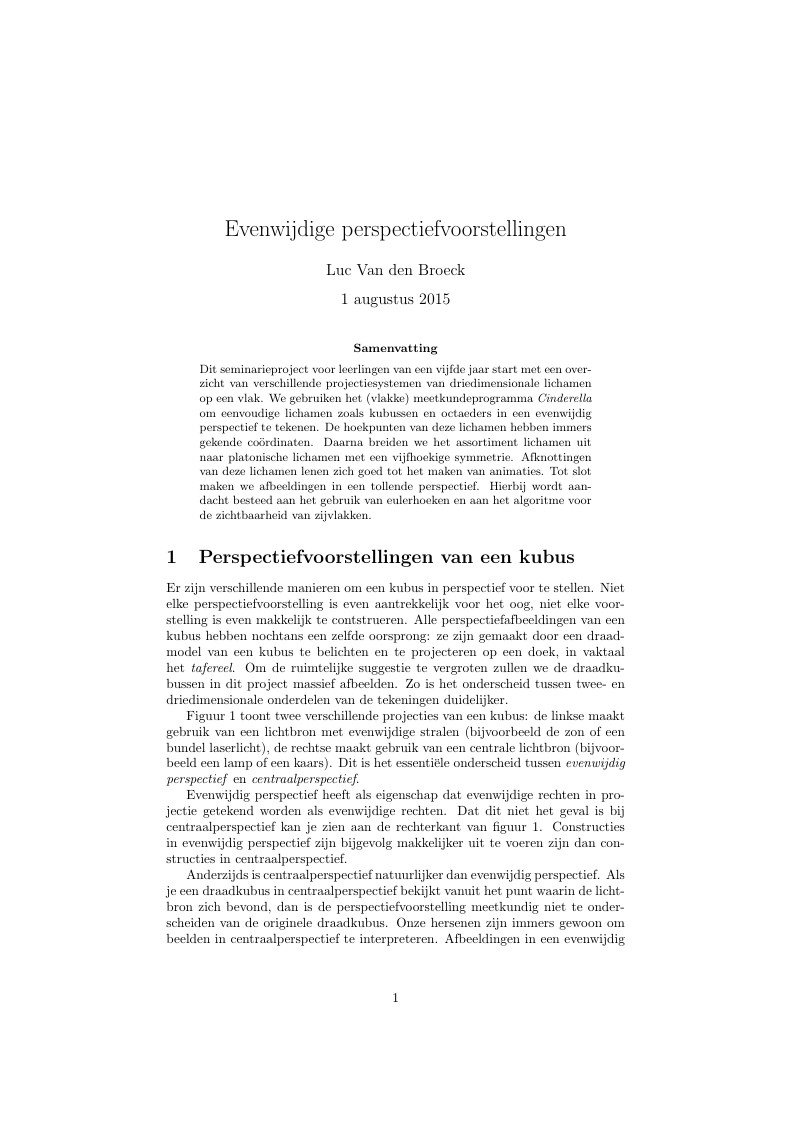
Dit seminarieproject voor leerlingen van een vijfde jaar start met een overzicht van verschillende projectiesystemen van driedimensionale lichamen op een vlak. We gebruiken het (vlakke) meetkundeprogramma Cinderella om eenvoudige lichamen zoals kubussen en octaeders in een evenwijdig perspectief te tekenen. De hoekpunten van deze lichamen hebben immers gekende coöordinaten. Daarna breiden we het assortiment lichamen uit naar platonische lichamen met een vijfhoekige symmetrie. Afknottingen van deze lichamen lenen zich goed tot het maken van animaties. Tot slot maken we afbeeldingen in een tollende perspectief. Hierbij wordt aandacht besteed aan het gebruik van eulerhoeken en aan het algoritme voor de zichtbaarheid van zijvlakken.
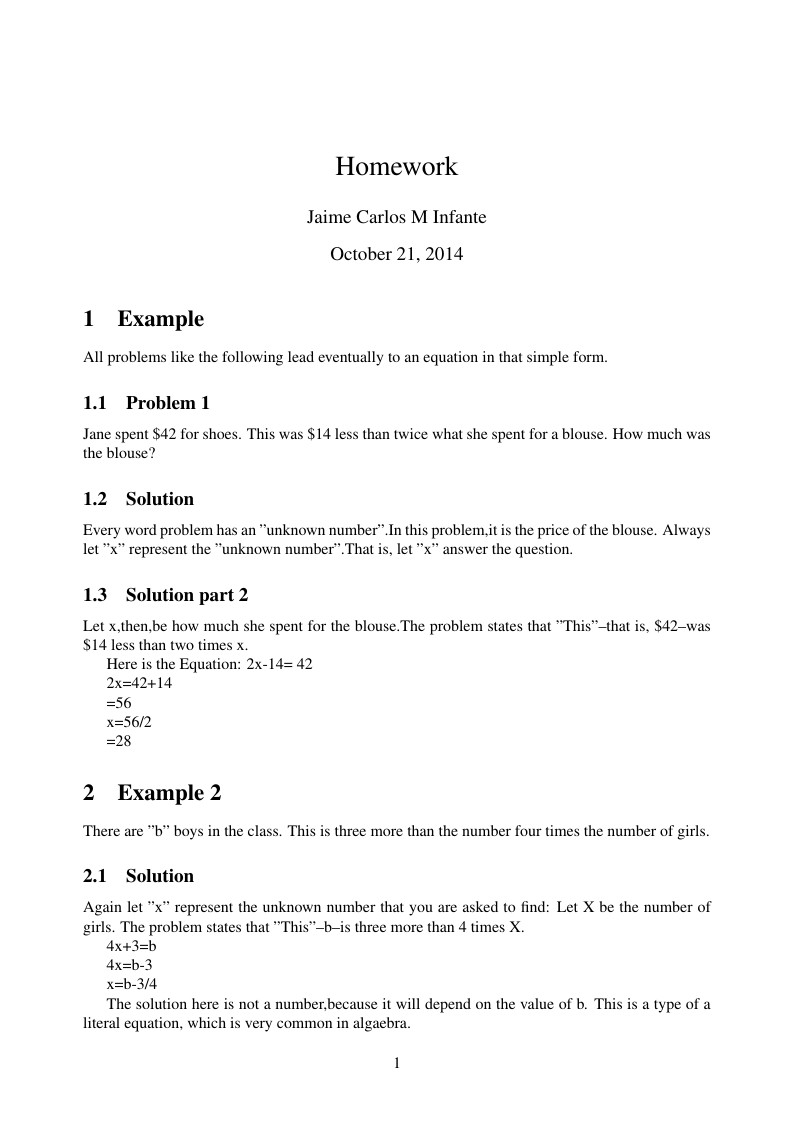
It is a math template. It's not the best .
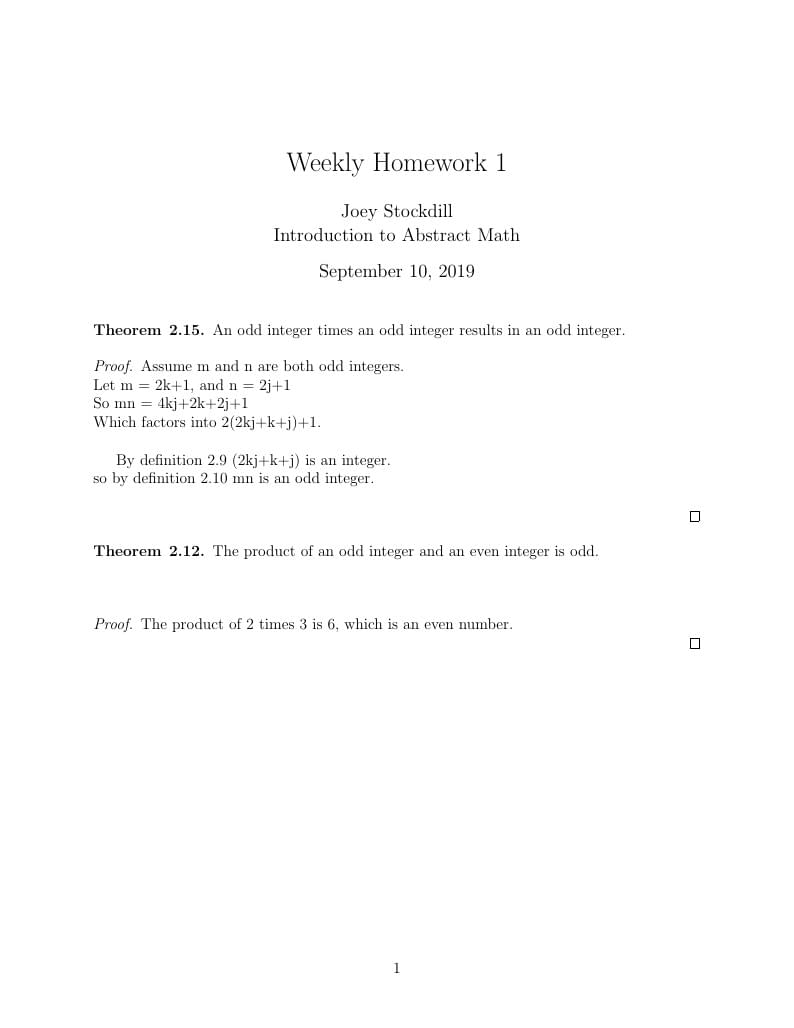
weekly homework
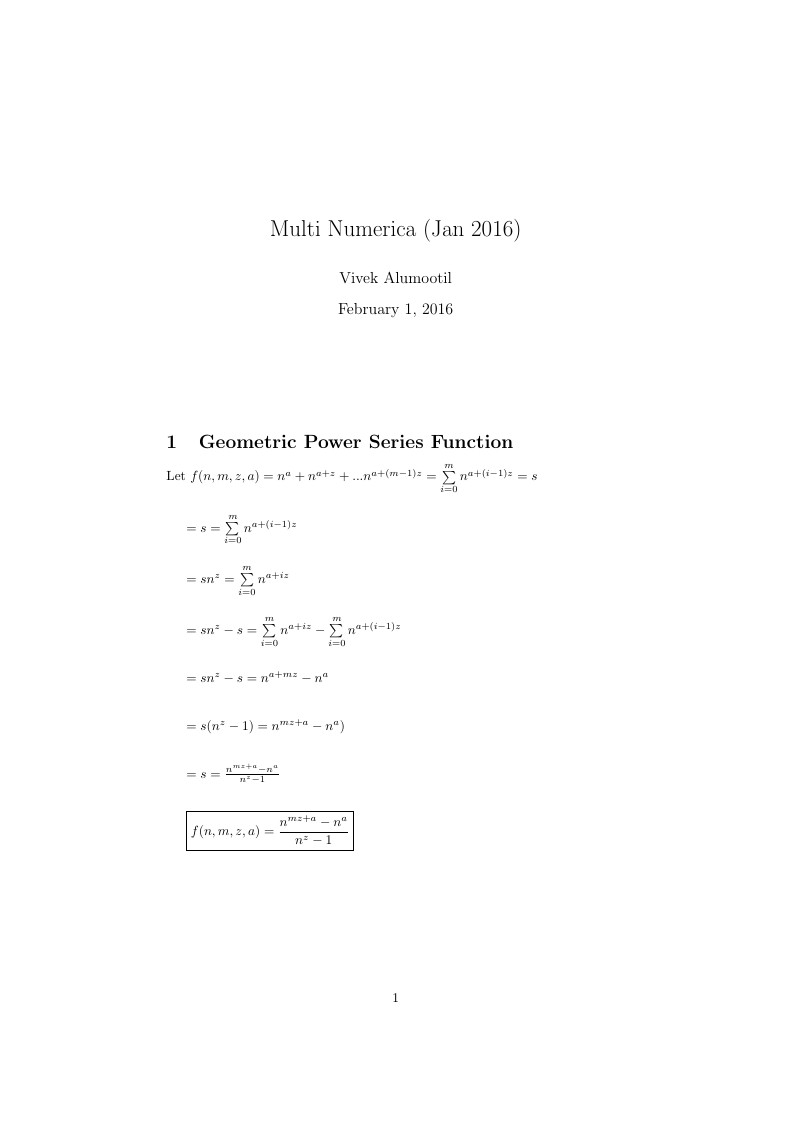
Bad Math Journal
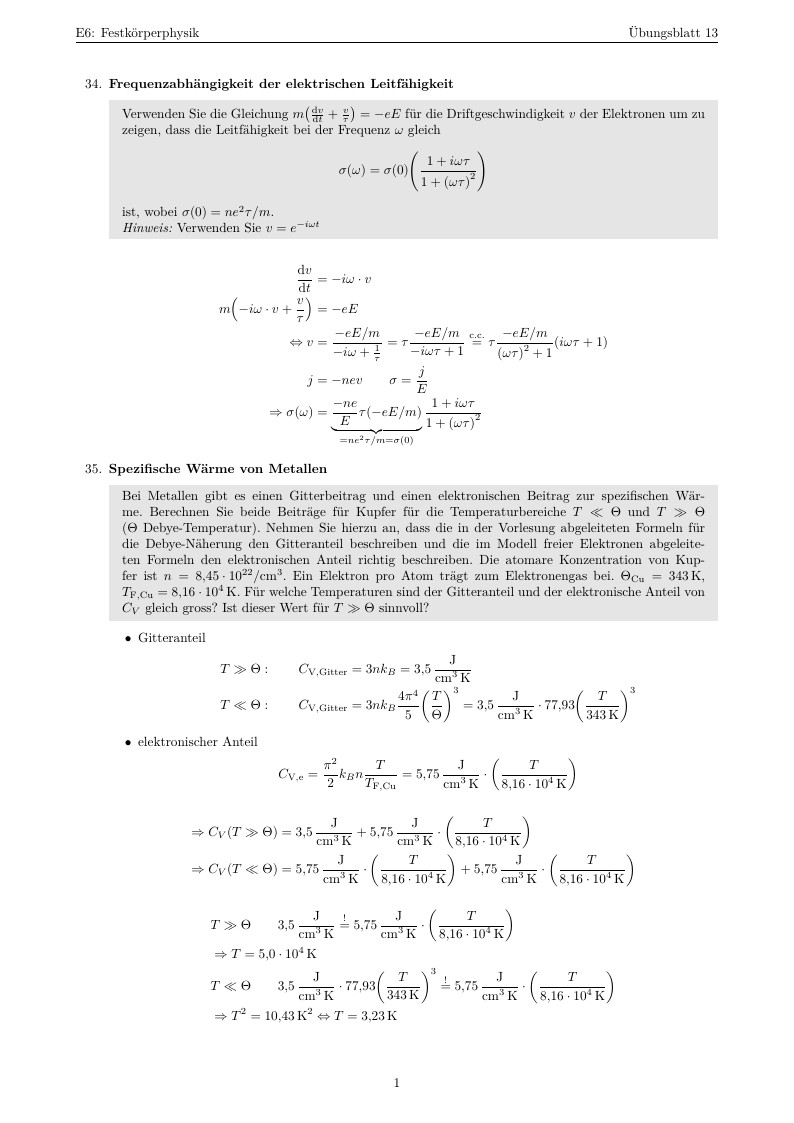
Experimentalphysik 6: Festkörperphysik
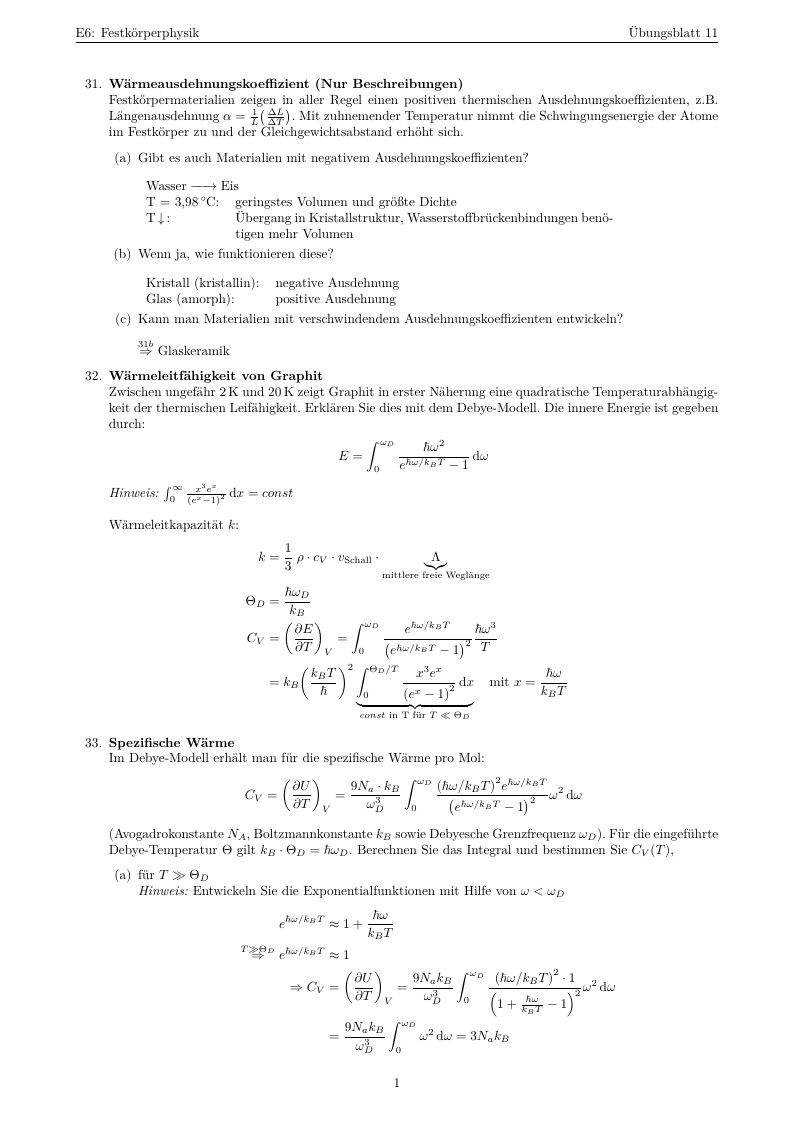
Experimentalphysik 6: Festkörperphysik
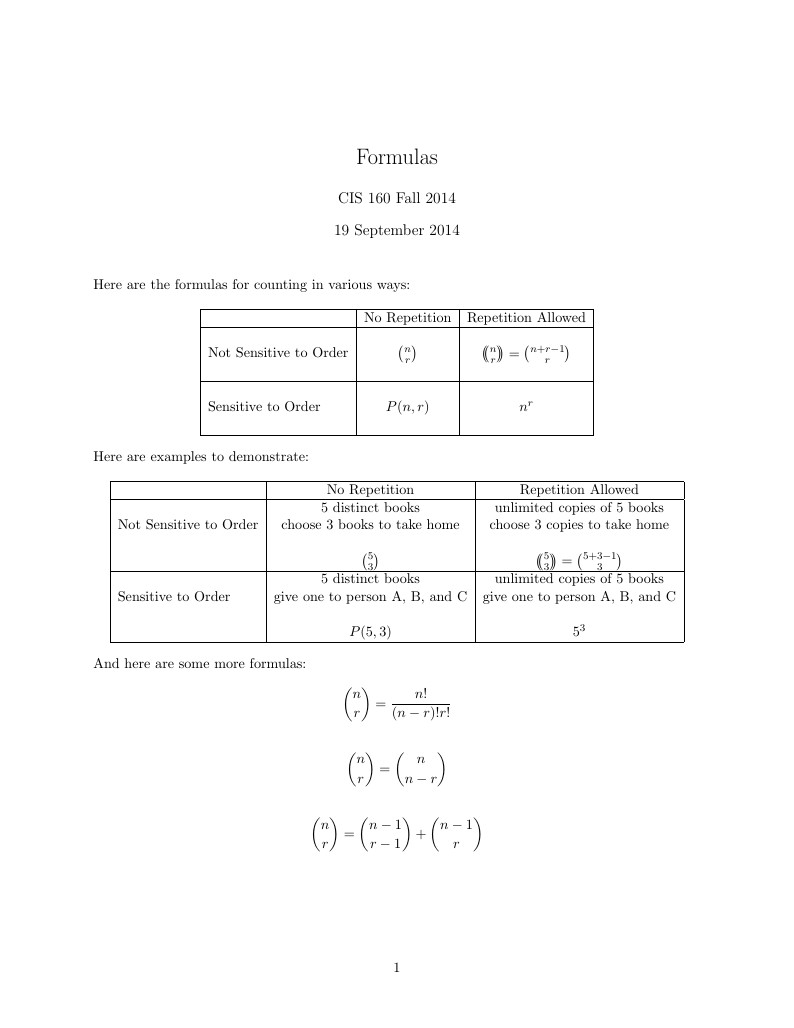
Formulas for combinations.
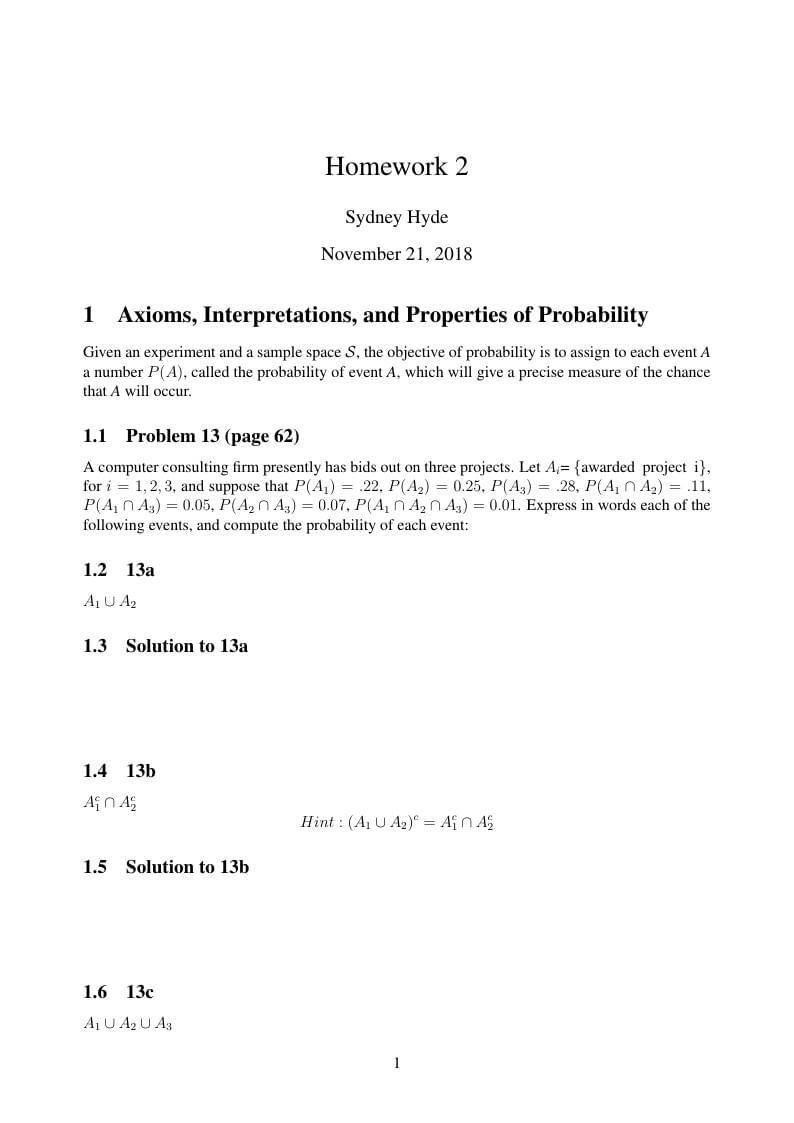
Statistical Methods 3025Q
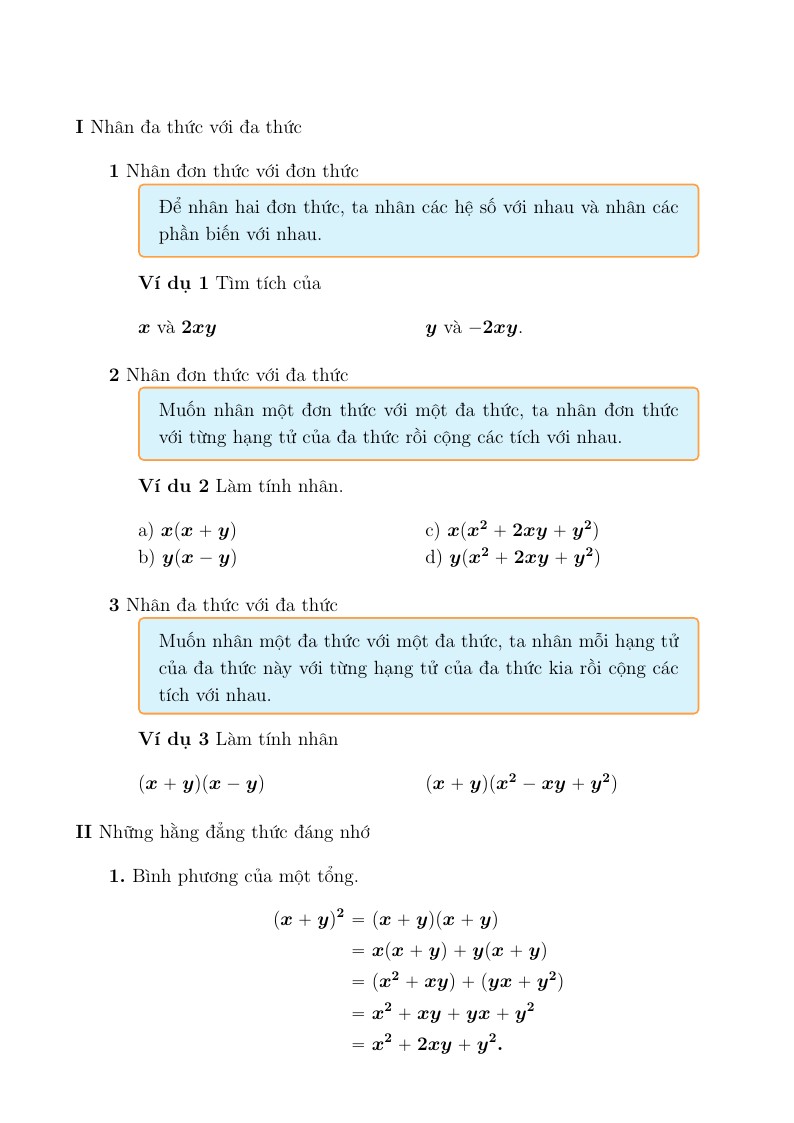
Just helping people typing LaTeX in Vietnamese
\begin
Discover why over 20 million people worldwide trust Overleaf with their work.